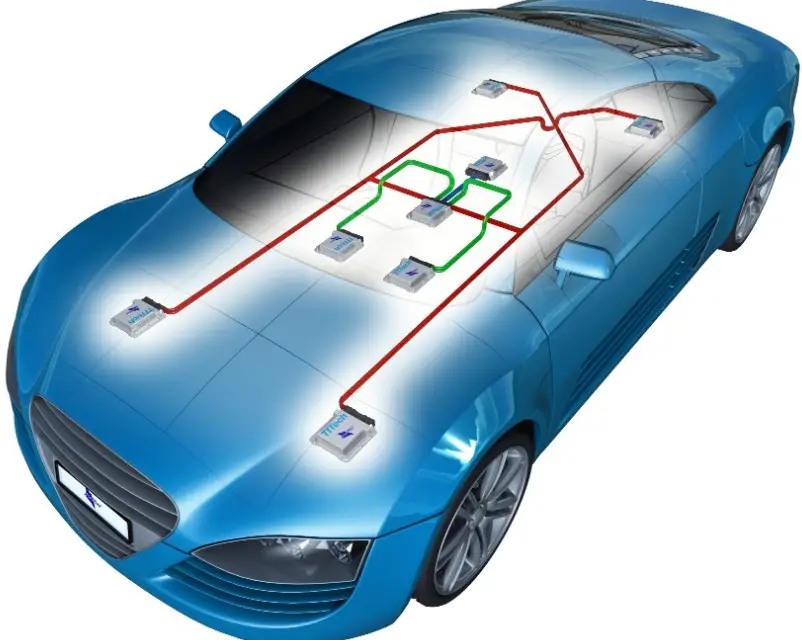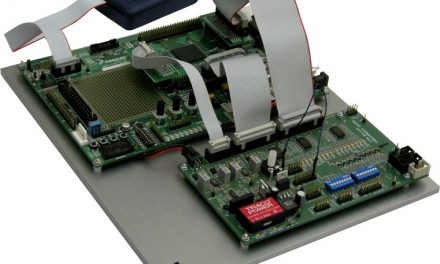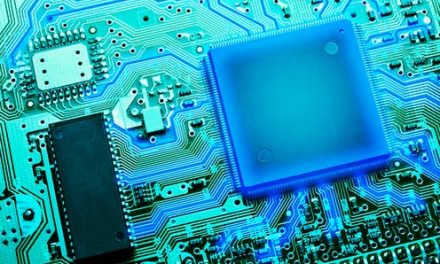Since the beginning of time, human beings have travelled from one place to another. The invention of the motor car revolutionized the transport industry, and the introduction of the microprocessor improved safety, efficiency and fuel consumption. This article explains the various embedded systems in automobiles. Before we start dealing with the various automobile embedded systems, let us have the definition of the automobile, and the embedded system.
Table of Contents
Automobile
The American Heritage Dictionary of the English Language defines the automobile as a self-propelled passenger vehicle that usually has four wheels and an internal-combustion engine, used for land transport. Automobiles are generally seen to use gasoline or diesel to fuel the internal combustion engine.
What is an Embedded System?
An embedded system is defined as a purpose-built computing platform that is designed to accomplish a specific software-controlled task. It is usually made to be part of a larger system. The embedded system types have key characteristics mentioned below.
The Automobile Embedded Systems
From the definitions above, one can easily come to this conclusion – the automobile embedded system is a purpose built computing platform that is designed to accomplish specific software control tasks for self-propelled passenger land transport vehicles. These are used in various parts of the vehicle as we will discover in this article.
Key Characteristics of Embedded Systems
- Task specific
- Minimalistic user interface
- Low power usage
- Low cost
- Limited resources available
- High efficiency
- High reliability
Due to their desirable characteristics, one can find various embedded systems in automobiles.
Factors Causing Great Demand in Automobile Embedded Systems
1. Growing Vehicle Sales
There is a large range of industries involved in designing, developing and selling automobiles. Every year, the car sales continue to increase globally due to the growing demand of consumers. Every vehicle manufactured has embedded systems installed in it and this drives the global automobile embedded system market.
2. Increased Focus in Vehicle Safety
The demand for safety features to be present in vehicles has been advocated for by different companies due to regulations imposed by regulatory bodies as well as due to their clients. To include safety features in vehicles, Original Equipment Manufacturers (OEMs) are focusing on technological advancements that include many sensors and many advanced technical systems in the vehicle.
3. Increasing Demand of Automation
In recent years, due to advancements in the field of Artificial Intelligence, there has been the introduction of self-driving cars. These autonomous vehicles need to have a plethora of embedded systems in order for them to operate on their own.
Uses of Embedded Systems in Automobiles
1. The Air Bag
An air bag is a protection device that provides the driver (and in some cases passengers) safety in the event of a head on collision. In its most basic form, this automobile embedded system makes use of a collision sensor, the airbag control unit and an inflator. When the collision sensor detects an impact, a signal is sent to the airbag control unit and is processed.
If the microcontroller determines the impact is severe enough for the deployment of an airbag, the airbag control unit sends a signal to initiate airbag inflators. The inflators are activated through an igniter which causes a chemical reaction to occur. This chemical reaction rapidly produces nitrogen gas, resulting in the deployment of the airbag cushion in a very short time period.
2. Event Data Recorders
These are automobile embedded system types installed in automobiles to record information related to vehicle crashes, or accidents. It is commonly known as a black box. A sensing and diagnostics module is present and through the control of a microprocessor it carries out the following functions:
- Determines if the collision is serious enough to cause the deployment of the airbag.
- Monitors the components of the airbag.
- Permanently records information.
Event data recorders record a wide range of data. This includes data about whether the brakes were applied or not, the speed and time impact, the steering angle and whether seatbelt circuits were buckled at the time of the crash.
3. Anti-lock Braking System
In the past i.e. 1970s and the years before, hitting the brakes too hard could lead to an accident. If the coefficient of slip between tire and the road was too low, hitting the brakes could lead to wheel lock up. This would result in the vehicle becoming very difficult or impossible to steer and the vehicle would start skidding. Automobile embedded systems were developed to address this, and these function by using wheel speed sensors and using the data to control the wheels.
The wheel speed sensor detects whether a wheel is showing a tendency to lock up. An electronic control circuit reduces the braking pressure of the individual wheel that is showing the lock up tendencies. The brake fluid return, together with the close loop brake circuits make this a safe, reliable and cost effective system.
4. Adaptive Cruise Control
It is very common to have drivers that travel for very long distances. These drivers can easily experience fatigue, and this will cause accidents. An embedded automobile system developed to partly address this is the adaptive cruise control system. This system allows the driver to set a certain distance and speed of his vehicle. The system maintains a sufficient distance from other cars. When there is a large amount of traffic, the system alters the speed of the vehicle, reducing it to match the conditions, and brings the speed back up when the traffic has cleared.
5. Rain Sensing System
This is another application of embedded systems in automobiles. An optical sensor is placed on a small area of the front of the windshield glass, opposite the rear-view mirror. It automatically activates the windshield wipers and determines the speed and frequency of the windshield wipers.
6. Automobile Parking Systems
This is an automobile embedded system that is used to move a car from a traffic lane into a parking spot. It is used to perform parallel parking, perpendicular parking, and angle parking.
Conclusion
This leads us to the end of the article. In this article, we have introduced the definition of automobile embedded systems, and through the various applications we have shown how they work to make our lives better. We hope you enjoyed the article!





